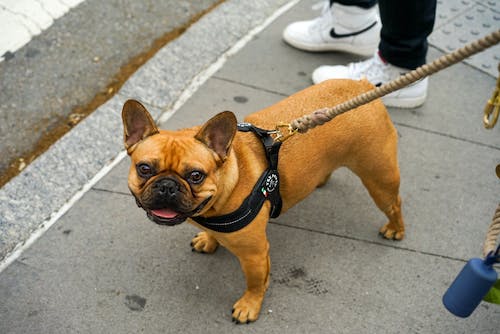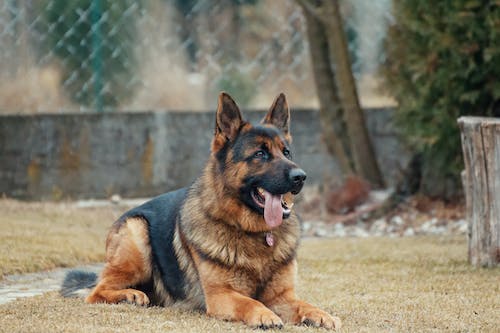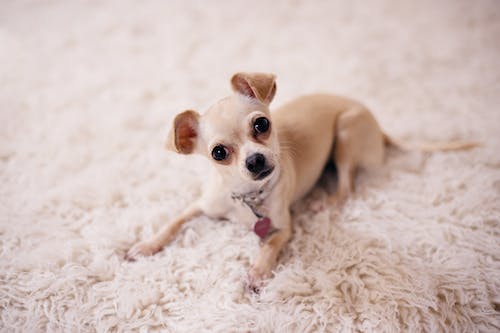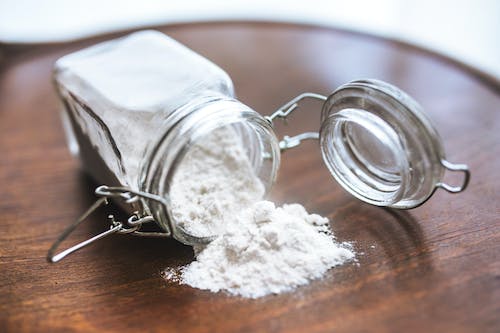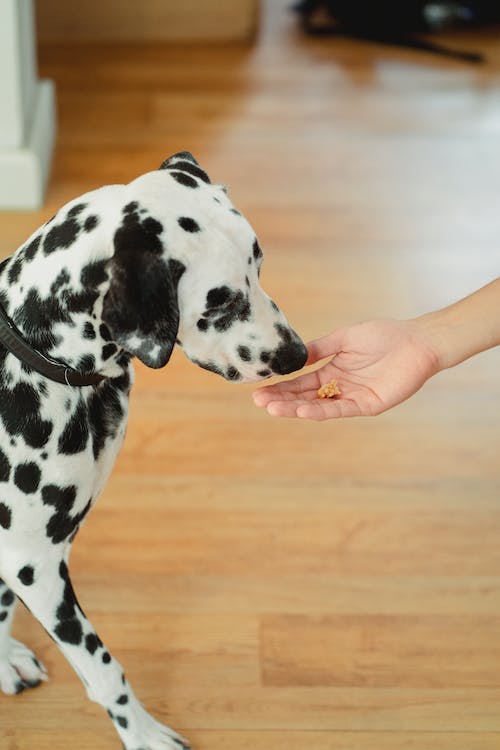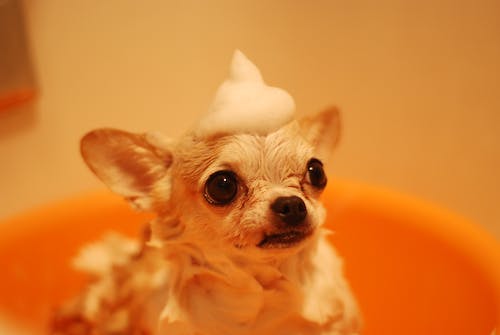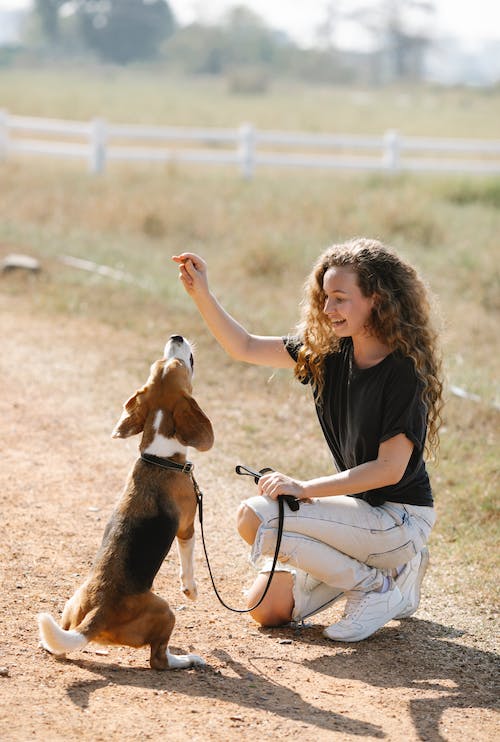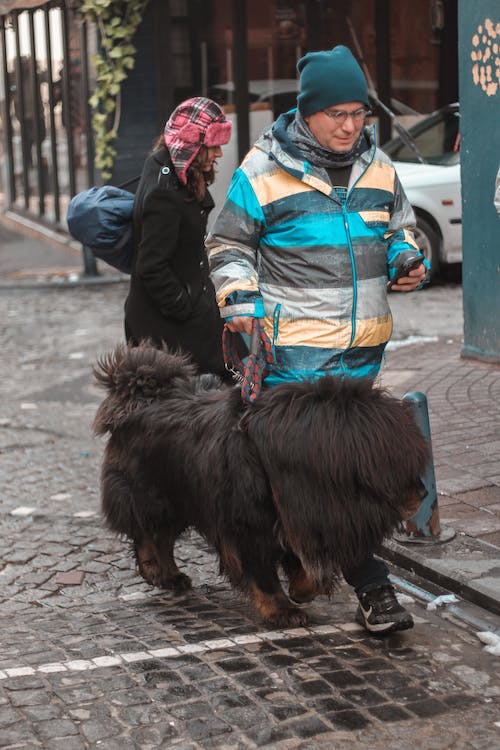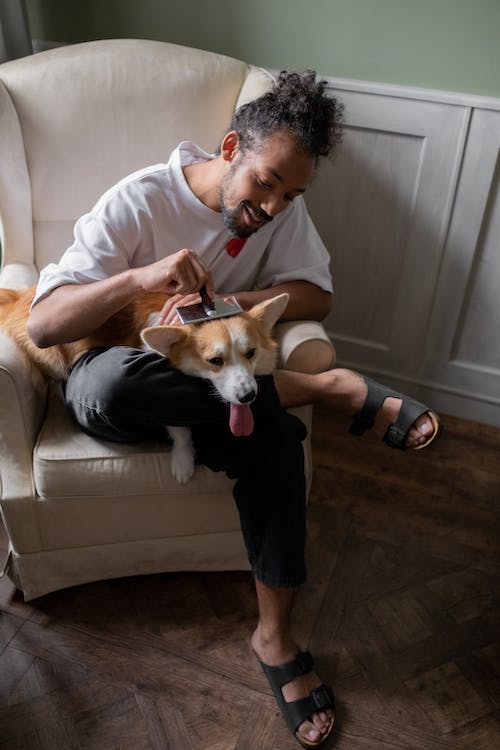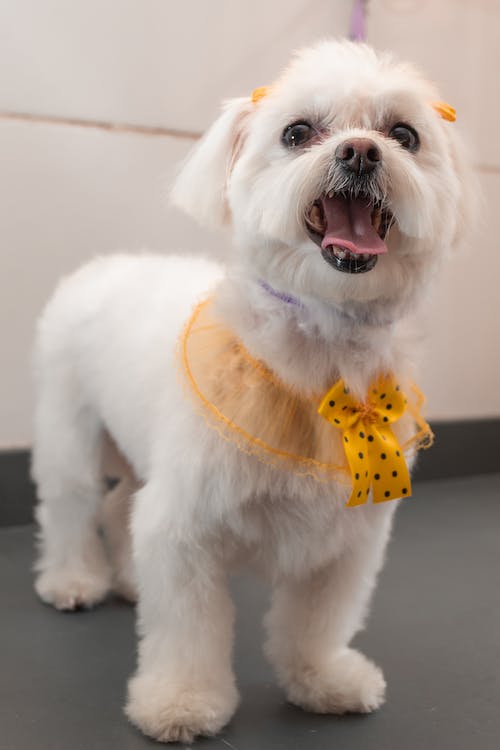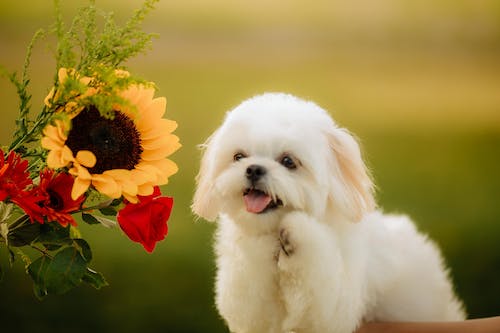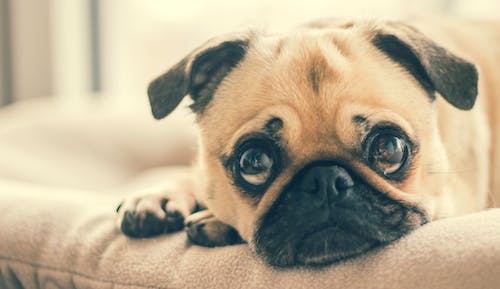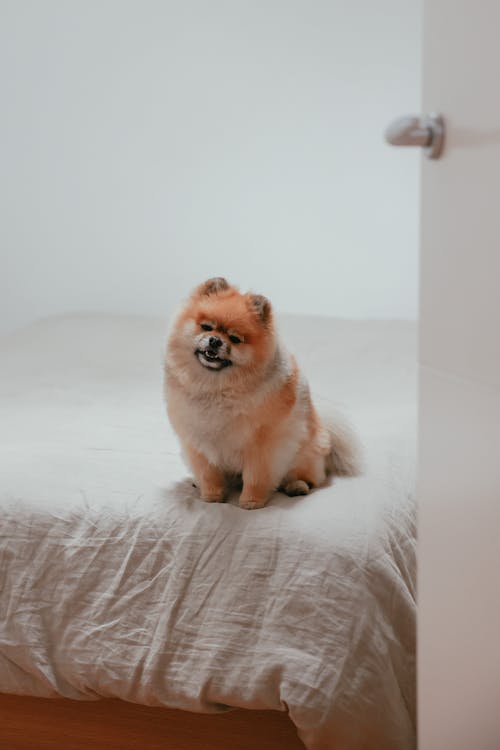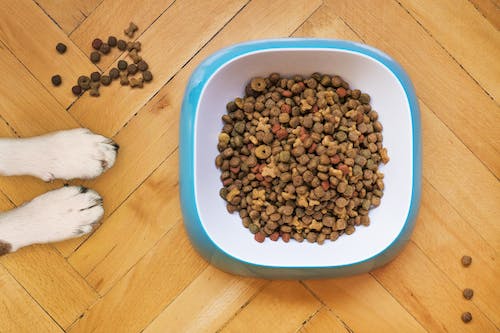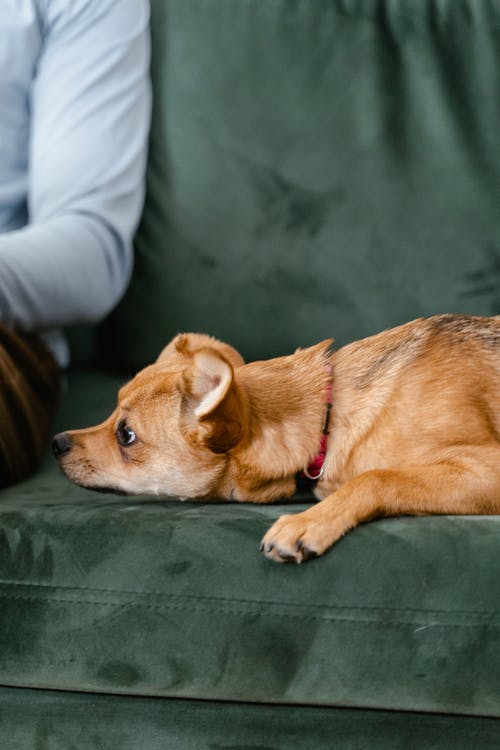From time to time, The American Kennel Club (AKC) adds new breeds of dogs to its registry. Being added to their list as a new breed is not something that happens with ease. The American Kennel Club has a rigorous screening process with extremely strict eligibility requirements in order for a dog to be recognized as a new, pure breed. These requirements include a national breed club with at least one hundred members and a population of third-generation dogs numbering at least three hundred. That is not easy to find. The dogs must also be found in at least twenty states in the U.S. To demonstrate how selective this process is, there have only been fifteen new breeds added to this registry since 2015. We rounded up five of these new breeds registered in the last five years to help you get more familiar with them.
Barbet
Initially registered in 2020, Barbet Dog is one of the AKC’s most recent additions. The Barbet has been shown off in French artwork that dates back as far as the early 16th century. This breed gets its name from the French word “barbe,” which means “beard,” and by looking at this pup you will understand why. The Barbet Dog is a rare dog breed, with a long coat similar to a Poodle, that consists of thick fur that transitions into tight curls. The Barbet is a very loyal and smart breed of dog that has an appearance as unique as its personality.
Azawakh
The Azawakh originated in West Africa and is a tall and slender dog. Although this breed has been around for a very long time, it wasn’t listed on the registry until 2019. This dog was originally developed to be a hunting dog. The Azawakh is a very rare breed and consequently, a very expensive breed. They have a similar, but not identical, appearance of a greyhound and are very athletic. Today’s Azawakh is still commonly used as sighthounds. The Azawakh does make a great pet and tends to be happy when his family is happy.
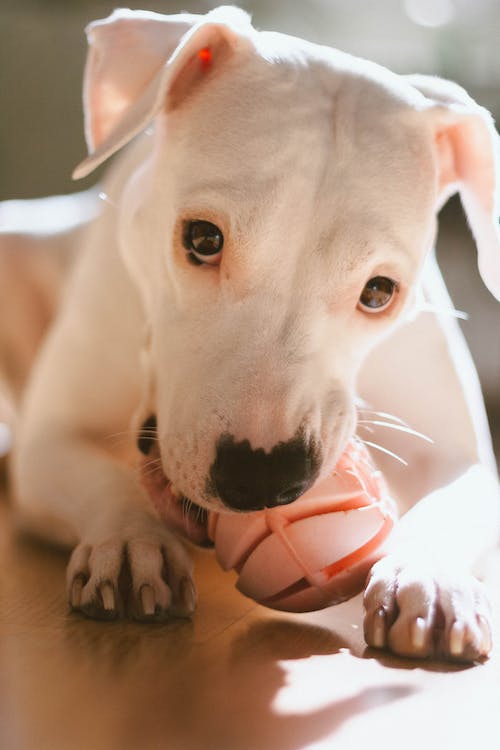
Dogo Argentino
The Dogo Argentino is a strong and muscular dog which was developed in Argentina for hunting large game. This rare breed, which was initially registered in 2020, is also very expensive. The Dogo Argentino is a strong looking and focused dog that has a very alert mind and a strong will. They are known for their loyalty and protective personalities. Despite their somewhat intimidating appearance, they are not known to be aggressive dogs. This breed does make a good family pet if you are able to find one.
American Hairless Terrier Dog
Despite their name, the American Hairless Terrier can be found in both hairless and coated varieties. This breed descended from a single Rat Terrier that was selectively bred for its hairlessness qualities. In 2016 the American Hairless Terrier dog breed was officially recognized. This breed is known to be outgoing, energetic, curious, and loyal. They are also very good at hunting small rodents. They make great family pets and are not known to excessively shed.
Nederlandse Kooikerhondjie Dog
The Nederlandse Kooikerhondjie was originally bred in the Netherlands to serve as a duck decoy dog. They were very good at luring fowl to their doom into “Eendenkooi,” which is a man-made pond trapping cage. Their Dutch name translates to “small cager dog,” and their unique tails helped entice ducks into these areas. Despite the Nederlandse Kooikerhondjie being very popular in the Netherlands for centuries, they were not registered with the AKC until 2018. This is a quality breed of dog that does well in families of all dynamics.

